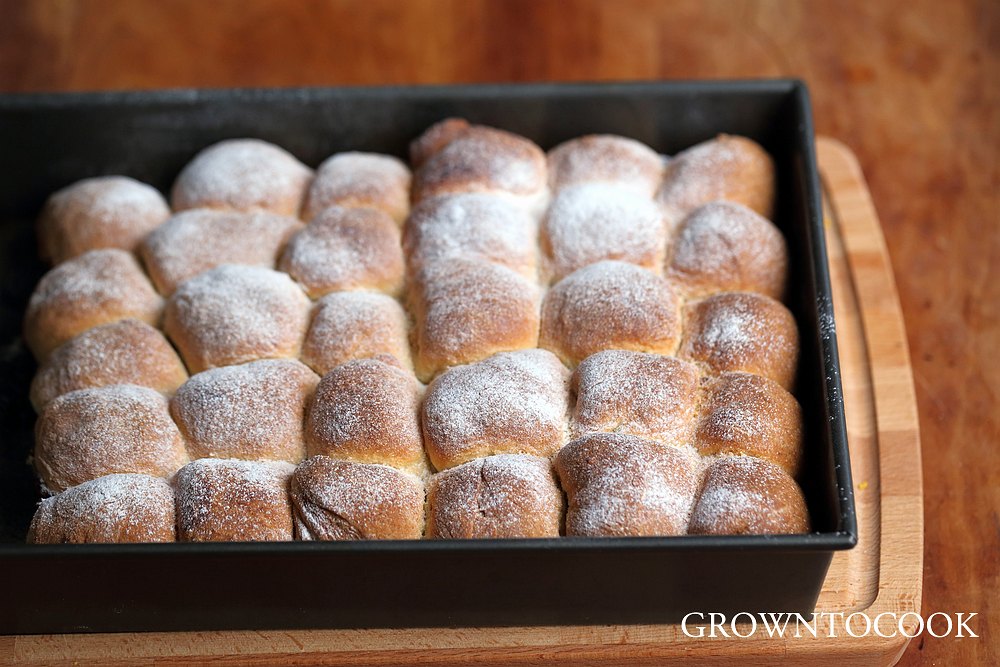
15 years and 10 days ago, my beautiful star-eyed daughter Esther was born. At that time I was already practically living with my husband in the Netherlands but getting a residence permit turned out to be a very lengthy and frustrating process. When I was six month pregnant, I had to move back to my parents’ in the Czech Republic so that our child could be born in a country where I had a health insurance. During the last months of my pregnancy, my increasingly nervous husband was travelling back and forth between his job in the Netherlands and me and my large belly.
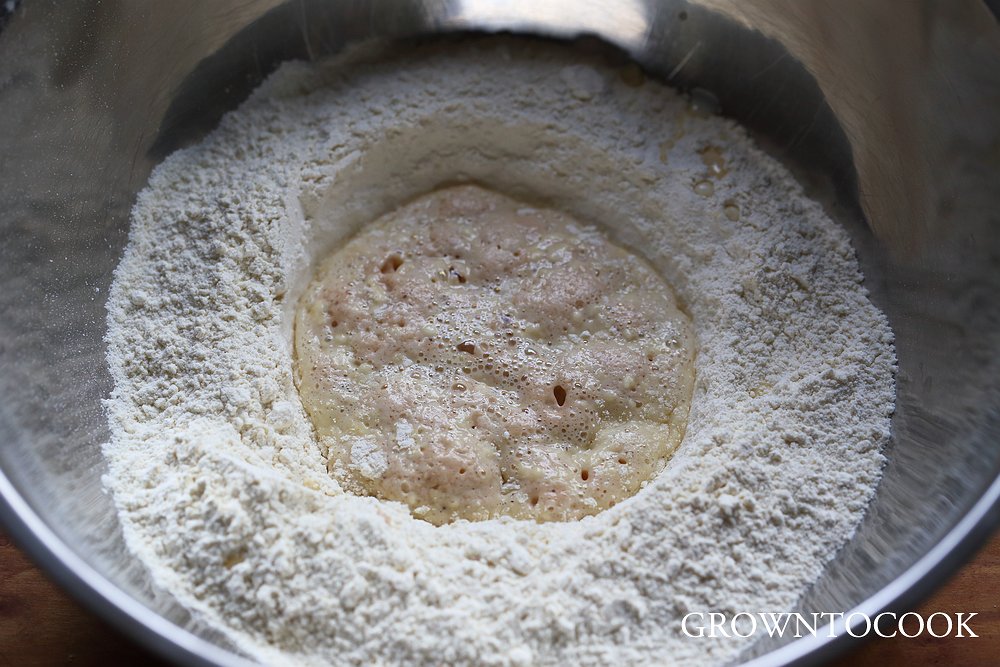
Since this was my first child, I was naïve enough to think that the due date was the date the child would most likely be born. Well, she was born more than two weeks earlier and only because Remco had had some kind of premonition and came earlier than we had planned, did he not miss it. Ironically, two days after Esther was born, I got a letter from the embassy that my residence permit was granted.
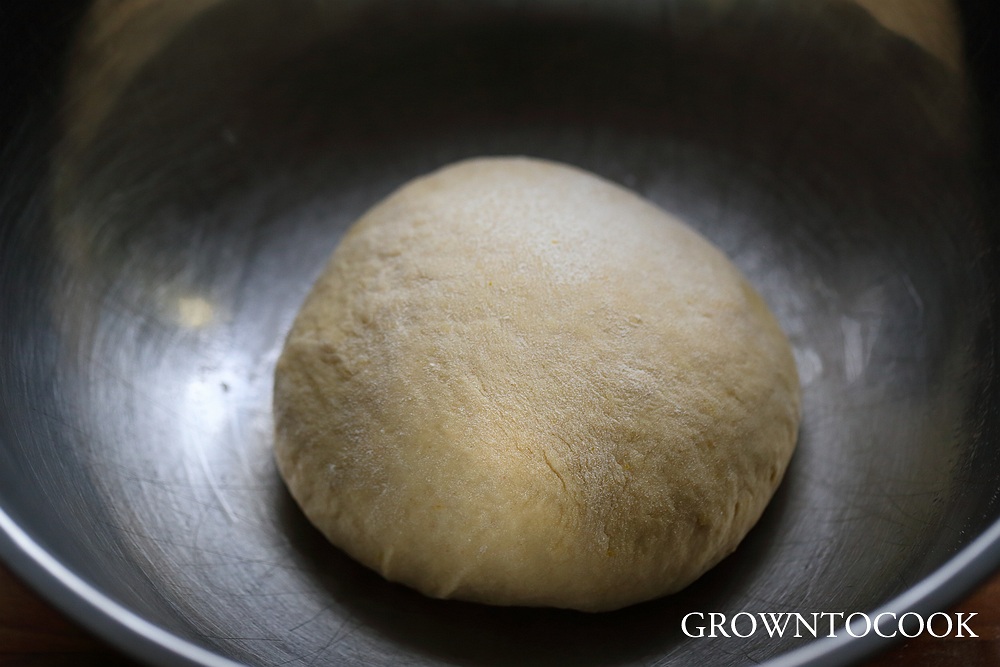
Because of all this bureaucratic mess, Esther’s first nationality was Czech and we had to get her a Dutch passport before we could all move back to the Netherlands. And if you’ve ever tried to get a passport photo of a two weeks old baby, you might know it’s not easy. On the spot reserved for the signature, her passport said “unable to sign”.
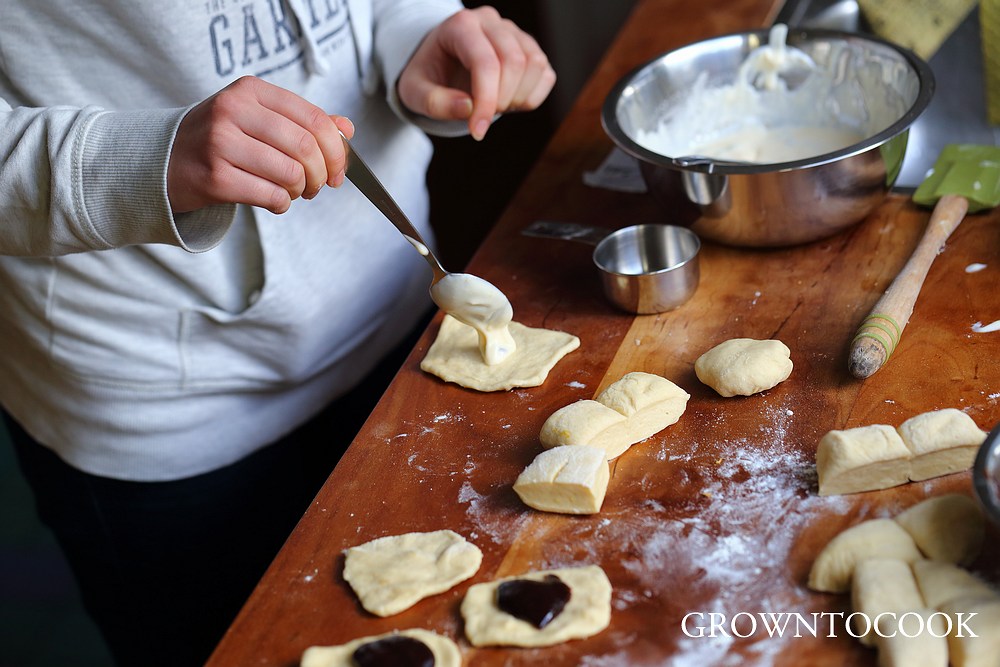
To this day Esther likes to stress that she is Czech first and Dutch second. She speaks Czech fluently and thinks Czech bread is the best bread. She is forever trying to figure out a way to bring more of it home (since we do not have freezer, she tried to persuade her Dutch grandparents to make some room in theirs to store her bread – no luck).
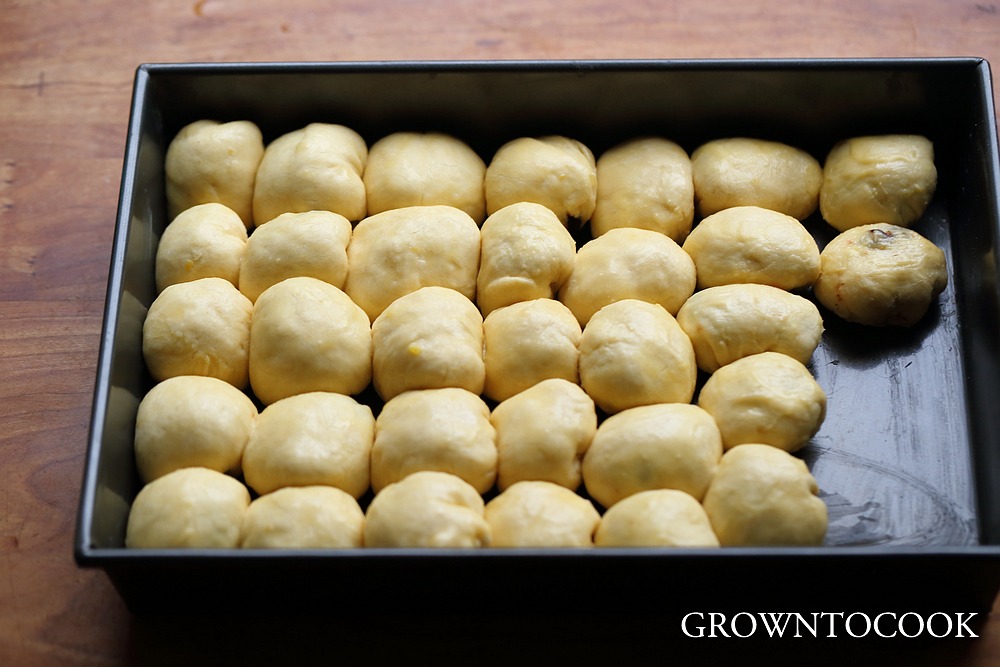
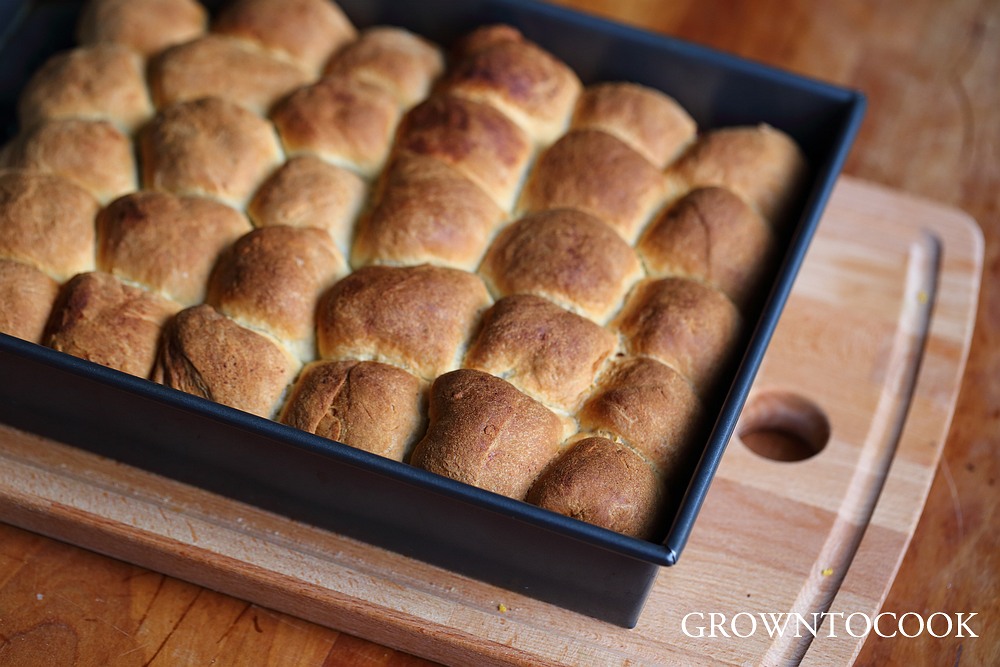
She also loves many Czech dishes, most notably my mom’s sour milk soup (which was probably the first thing she learned to cook) and fruit dumplings. And buchty. Which are buns made from yeasted dough (of course) and filled with a sweet, but not too sweet, filling. Buns that my grandma, who was not much of a cook but who was a great baker, taught me to make. She’d died a month before Esther was born which is the reason I am prone to get a little sentimental when I make the buns together with Esther who never got to meet her. But by teaching my daughter how to handle the dough and shape the buns, I feel like I am somehow forging a connection between them anyway.
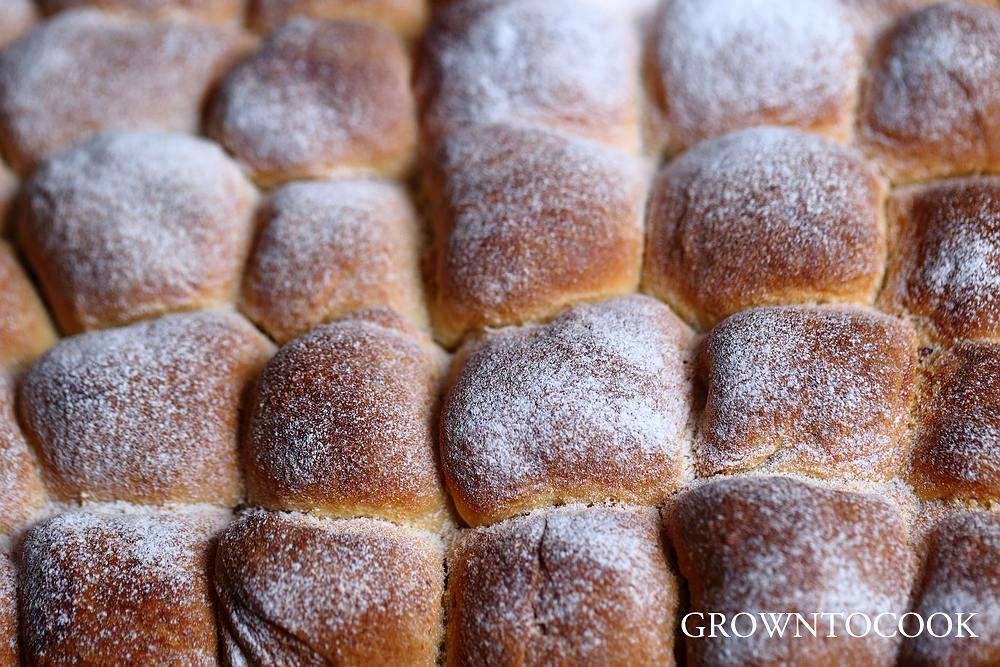
The shaping of the buns is similar to that of the fruit dumplings but because the buns are not steamed but baked, they get a beautiful golden crust on top.
Buchty
Adapted from M.Janku-Sandtnerova: Kniha kucharskych rozpoctu a predpisu
makes 32 buns
500 g (3 1/3 cups) all-purpose flour
Pinch of salt
1 tsp grated lemon zest
50 g (1/4 cup) sugar
20 g fresh yeast or 2 tsp dry yeast
250 ml (1 cup) milk
60 g butter
1 egg yolk
Melted butter to grease the pan and glaze the buns
Confectioner’s sugar (optional)
In a large bowl, mix the flour, salt and lemon zest. Make a well in the center. Warm the milk slightly and pour half of it into the well. Add sugar and yeast and stir. Let sit for about 10 to 15 minutes or until the yeast bubbles up. Meanwhile, add the butter to the rest of the milk and stir to dissolve (you can heat the milk gently a bit if it is not warm enough to melt the butter, but it must not get hot!). Add the egg yolk, too, and stir to mix.
When the yeast has been activated, pour the milk-butter-yolk mixture into the bowl and stir with a wooden spoon. When the dough becomes difficult to stir, it’s time to start kneading with your hands. You can do this in the bowl, if it is large enough, or on a well-floured surface. You want the dough to be silky smooth and springy to the touch. Wash and dry the mixing bowl, than coat it lightly with oil. Put the dough into the bowl and cover with cling-film or a moistened tea-towel. Let rise at room temperature until doubled, which will take about 45 to 60 minutes, depending on the room temperature. Meanwhile prepare your filling(s) – see below.
Preheat the oven to 190 degrees Celsius (380 F).
Butter a large oven proof dish – I used my 22 x 32 cm (9 x 13inch) pan which is slightly larger than necessary.Quarter the dough, than divide each quarter into 8 equal parts.Take one part of the dough and flatten it into an oval shape. Put the filling of your choice in the middle and pinch the dough together to seal in the filling. Brush each bun with melted butter on all sides and put in the baking dish, seam-side down. Continue until you have used up all dough, putting the buns quite close to each other in the pan. Let the finished buns rise for about 20 minutes.
Bake in the preheated oven until golden on top, about 20-25 minutes. Let cool slightly and dust with confectioner’s sugar before serving.
Quark filling
Quark is a kind of soft fresh cheese often used in Czech baking, but difficult to find outside of central & northern Europe. Though I have not done so myself, I think that it can be successfully substituted with cream cheese or a mix of equal parts of cream cheese and ricotta for a lighter version.
200 g (7 ounces) quark
70 g (1/3 cup) sugar
1 egg yolk
½ tsp vanilla extract
1 tsp finely grated lemon zest (optional)
50 g (1/3 cup) raisins
In a medium bowl, stir together quark, sugar, the yolk, vanilla and zest (if using). Fold in the raisins.
Other fillings
– Fruit jam (not too runny)
– Powidl (a dense damson stew)
– Poppy seed filling